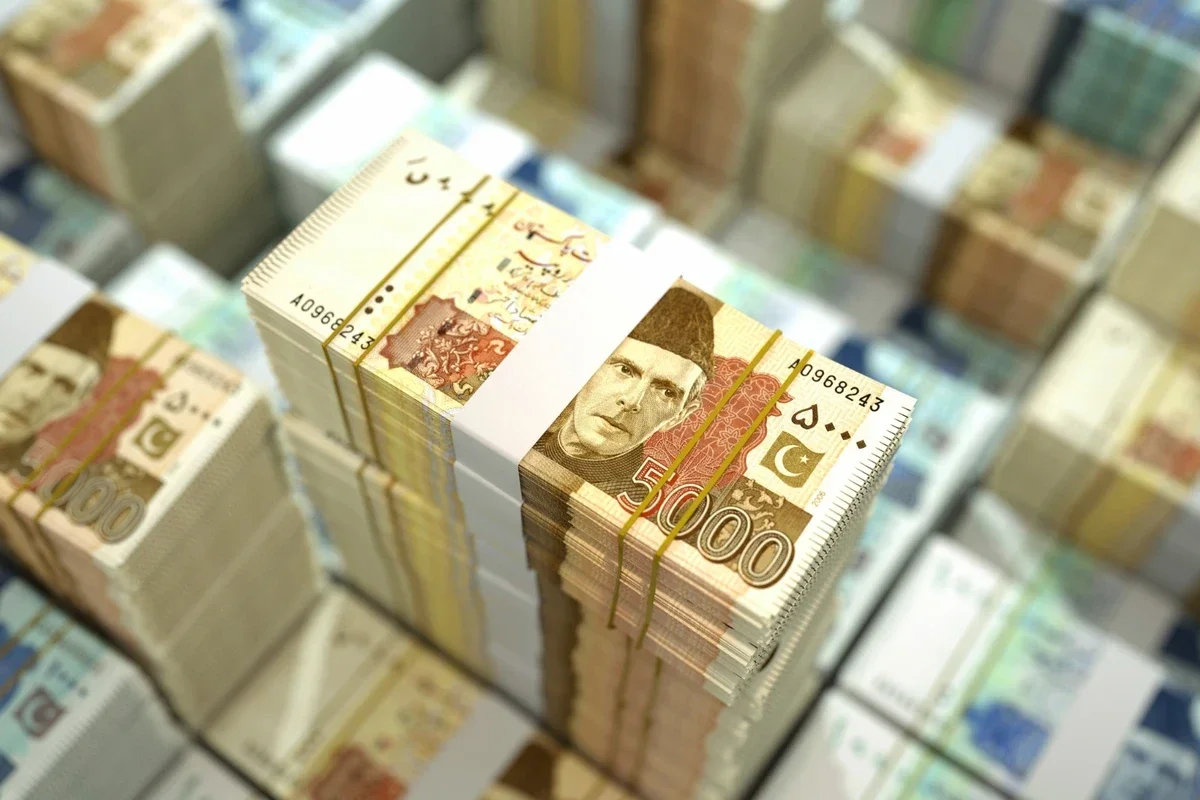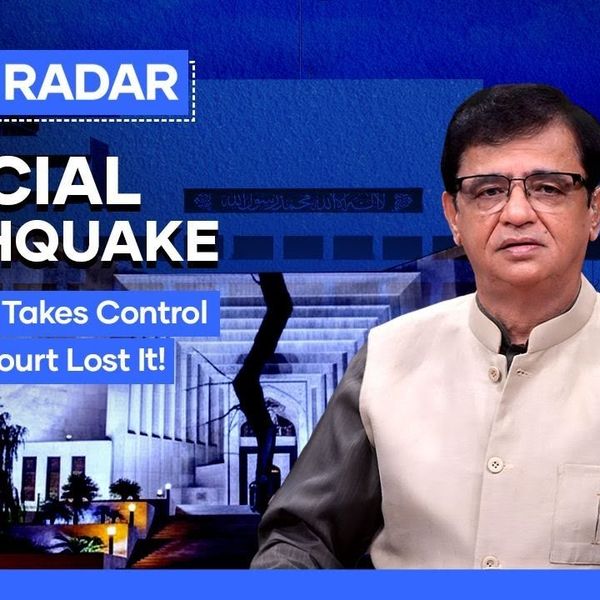Pakistan government’s debt crosses PKR 77 trillion — but a new trend in borrowing emerges
Domestic debt hit PKR 52.5 trillion, growing 18.1% year-on-year
Nida Gulzar
Research Analyst
A distinguished economist with an M. Phil. in Applied Economics, Nida Gulzar has a strong research record. Nida has worked with the Pakistan Business Council (PBC), Pakistan Banks' Association (PBA), and KTrade, providing useful insights across economic sectors. Nida continues to impact economic debate and policy at the Economist Intelligence Unit (EIU) and Nukta. As a Women in Economics (WiE) Initiative mentor, she promotes inclusivity. Nida's eight 'Market Access Series papers help discover favourable market scenarios and export destinations.

Pakistan’s debt story took another turn in April as central government debt surged past PKR 77 trillion, according to the latest data from the State Bank of Pakistan. That’s a 12.7% increase over the past year — and a clear sign that while some fiscal controls may be in place, the debt engine hasn’t cooled.
So, where’s all the money coming from?
Domestic debt: the rising anchor
Domestic debt hit PKR 52.5 trillion, growing 18.1% year-on-year. On a month-on-month basis, it rose by 2%, reflecting the government’s sustained dependence on domestic borrowing to bridge fiscal shortfalls.
What’s particularly noteworthy is the soaring share of Pakistan Investment Bonds (PIBs) — now at PKR 34.3 trillion, up a massive 29.3% year-on-year.
That’s the highest annual increase among all domestic instruments and suggests that the government is doubling down on longer-tenor borrowing, possibly to lock in funding before interest rate dynamics shift further. It also signals confidence in institutional demand for longer-term paper.
External debt: slower growth
External debt now stands at PKR 22.4 trillion, up just 3.9% year-on-year — a far more modest increase. Interestingly, IMF obligations declined by 4.7% as compared to the previous year, dropping to PKR 2.34 trillion. That could reflect recent repayments or a recalibration in disbursement schedules.
A new debt composition story
A quiet revolution may be underway in how the government structures its debt. While market treasury bills dipped by 9.4% as compared to the previous year, the PIBs and ijara sukuks saw double-digit growth.
Currency and GDP trends
The PKR/USD rate remained stable at 281, while the debt-to-GDP ratio inched up to 68.4%, from 67.2% a year ago. It's a marginal rise, but one that reflects growing liabilities without proportional economic expansion.










Comments
See what people are discussing